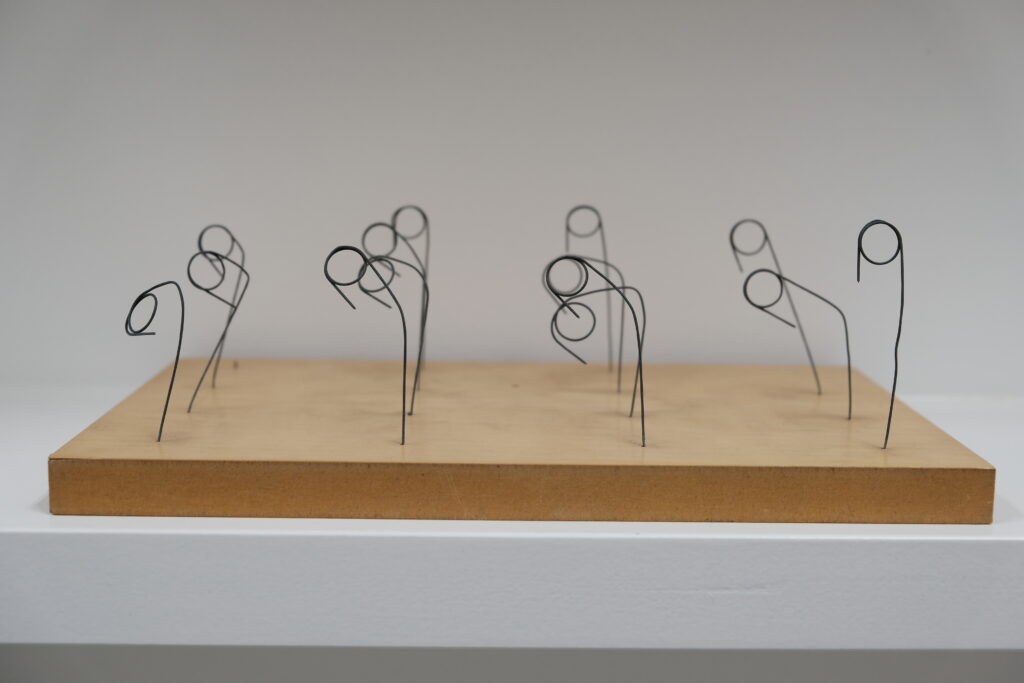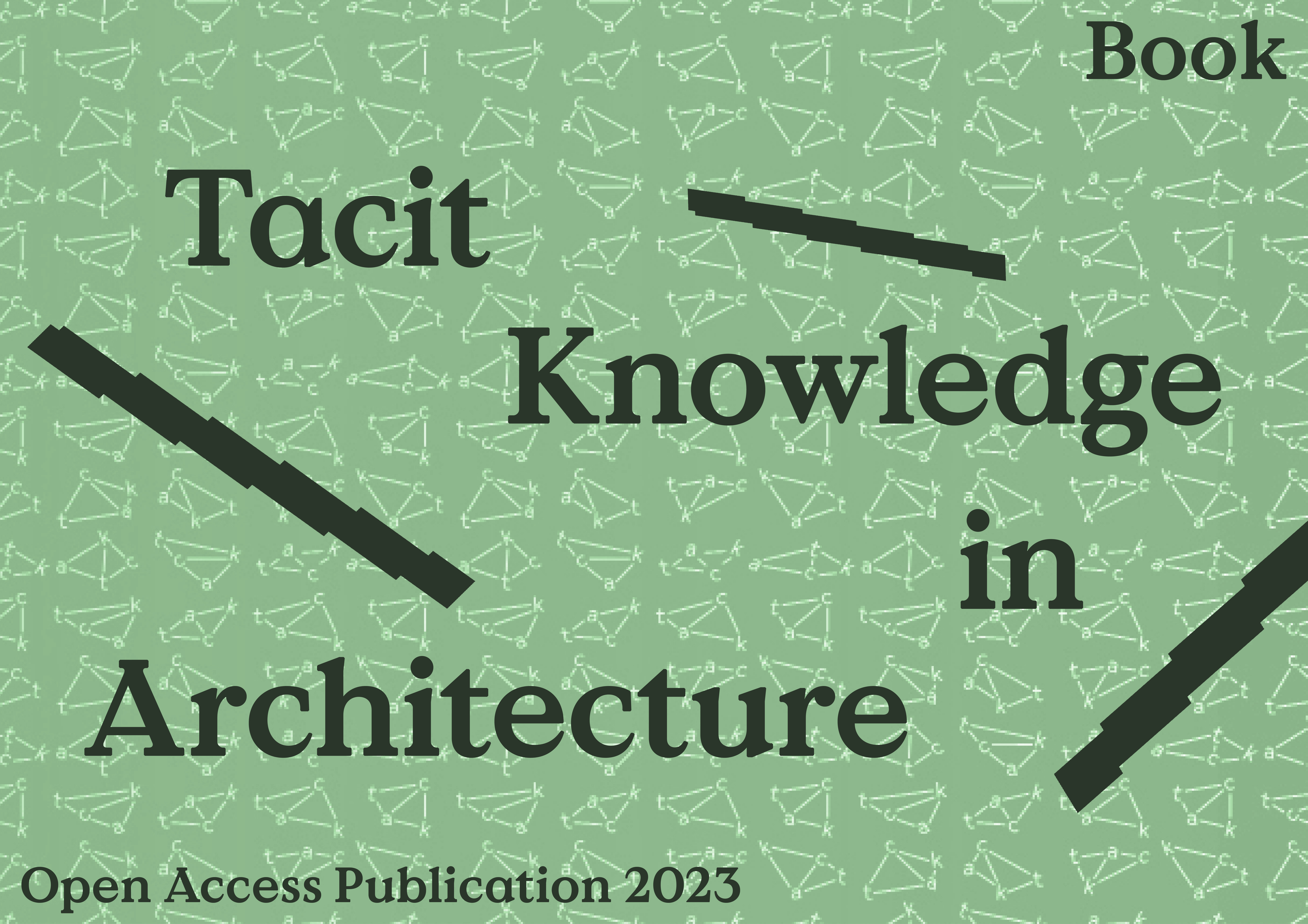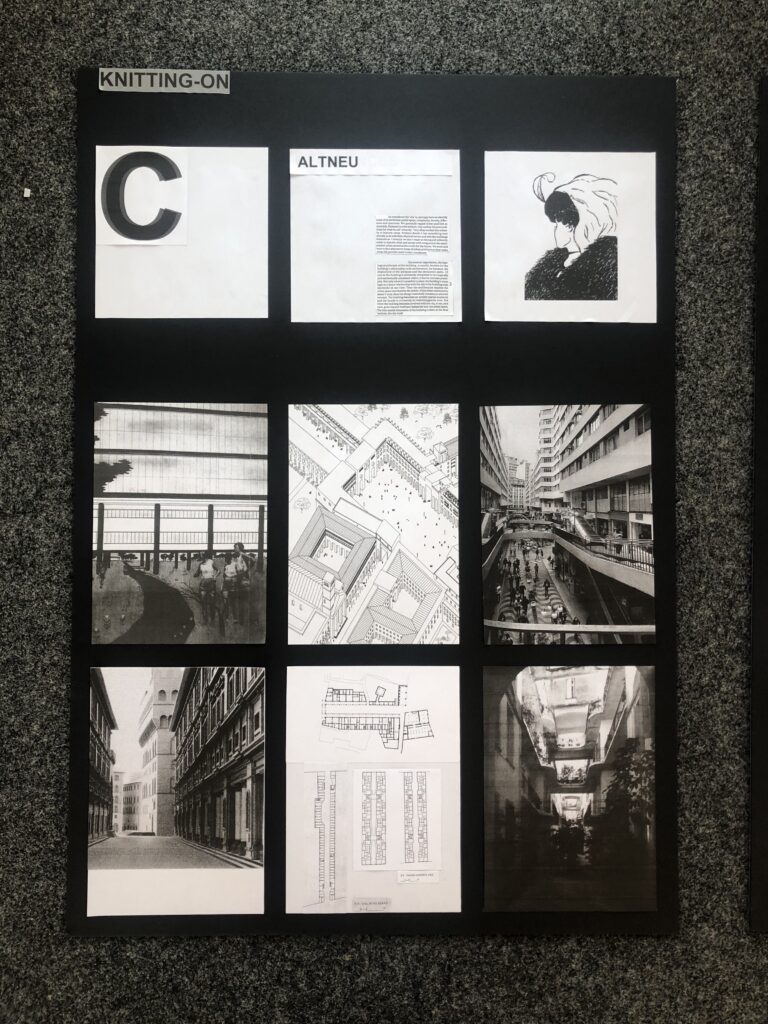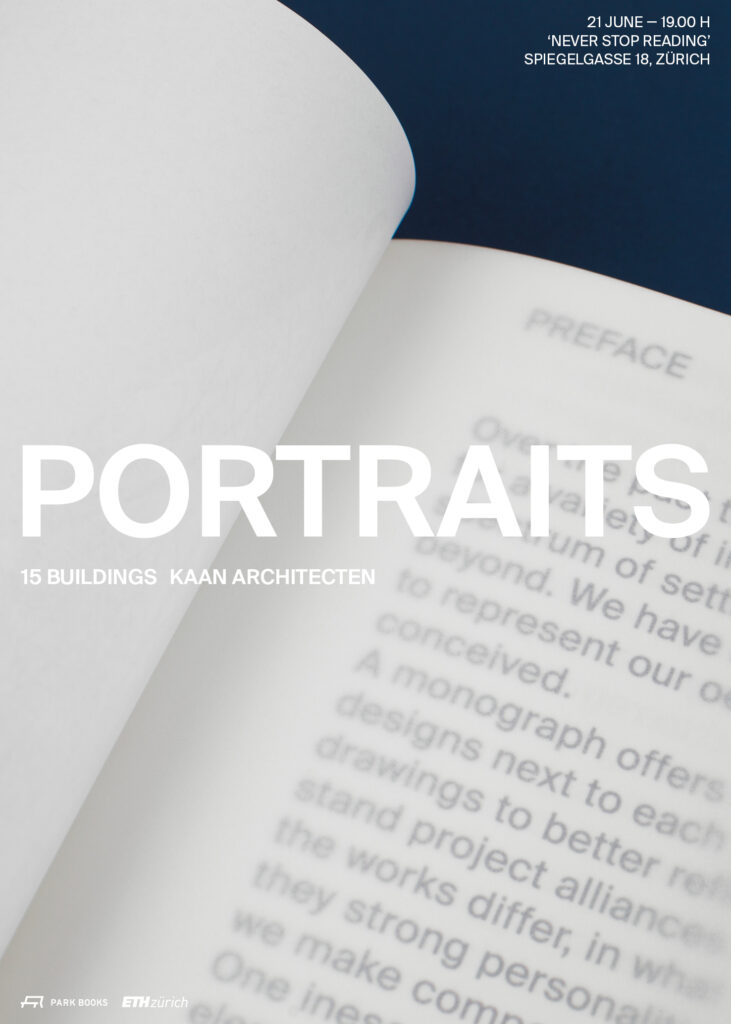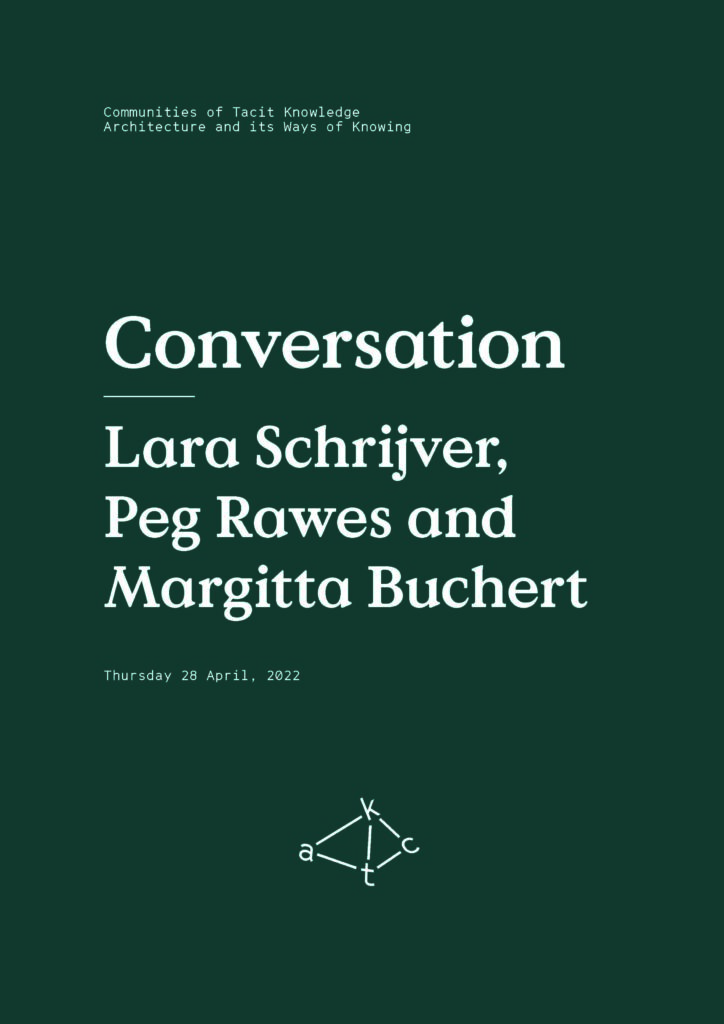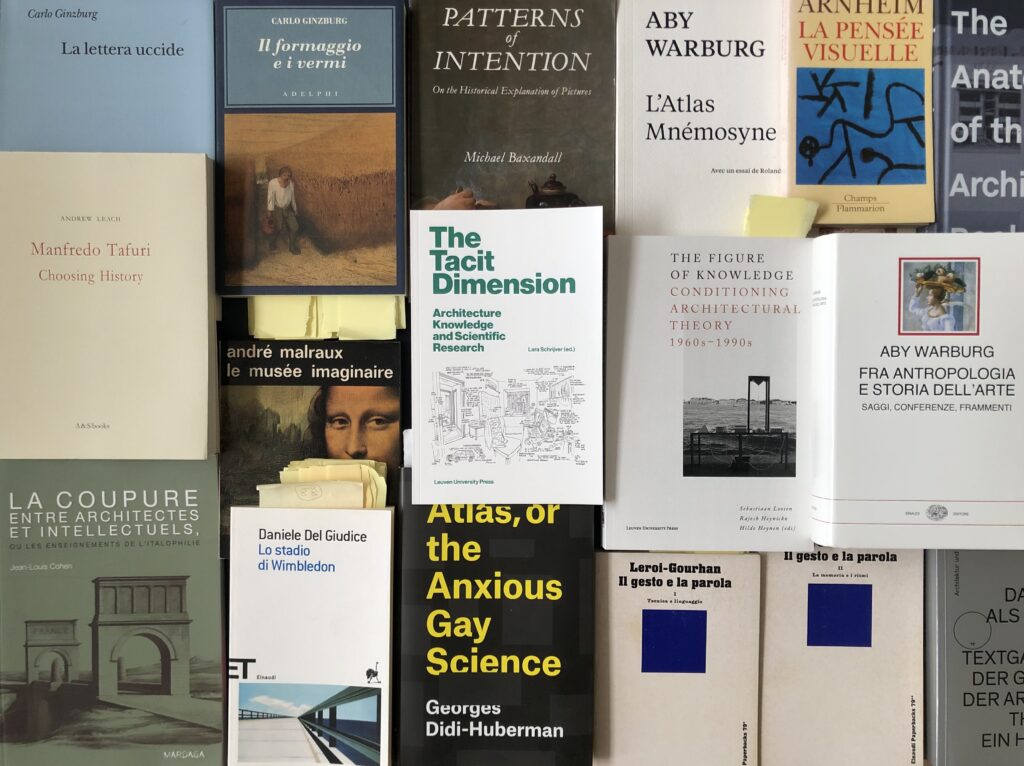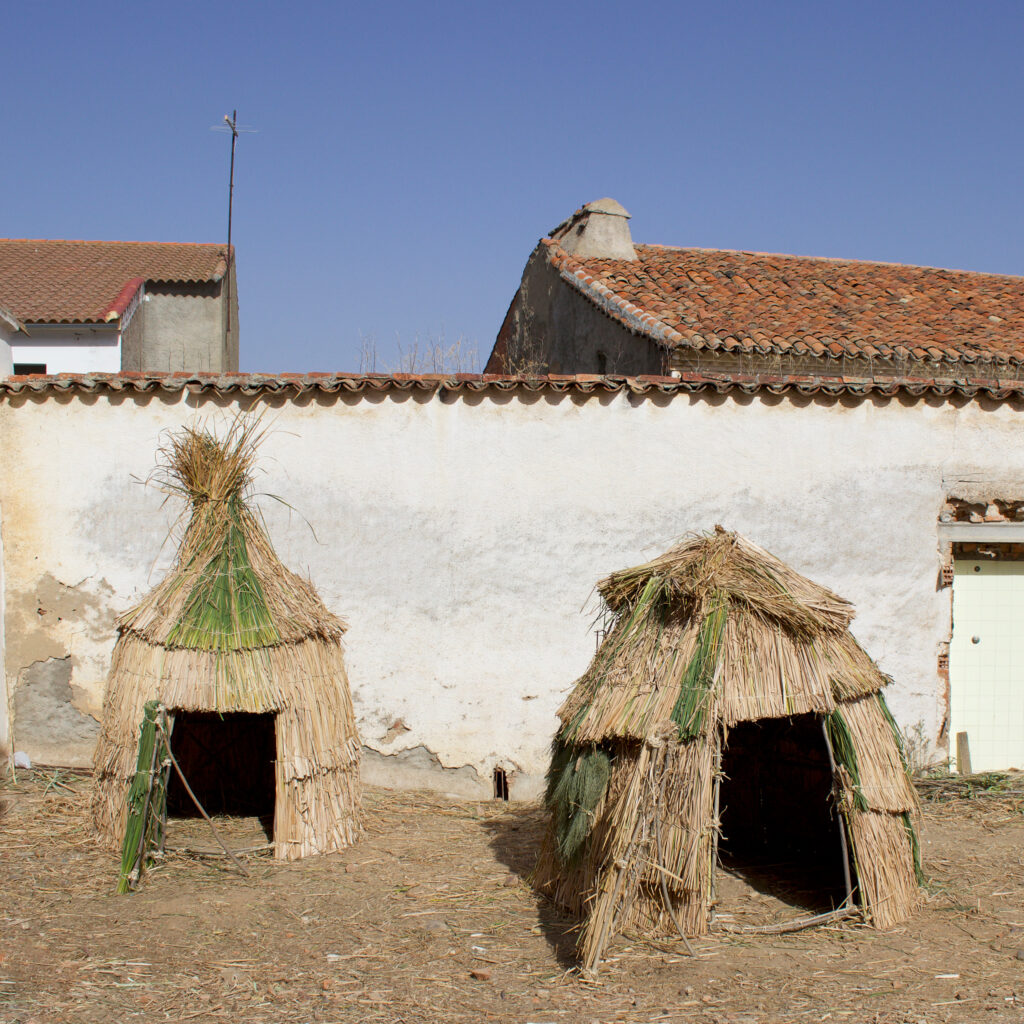Newsletter
Map of Mobility – A visualisation of research movement

Gennaro Postiglione initiated the idea of a “TACK Map” and shares with us his thoughts on the map showing the research movement of the TACK doctoral students.
Gennaro Postiglione
Newsletter
May 22, 2022
View
Map of Mobility – A visualisation of research movement
Gennaro Postiglione

Gennaro Postiglione initiated the idea of a “TACK Map” and shares with us his thoughts on the map showing the research movement of the TACK doctoral students.












